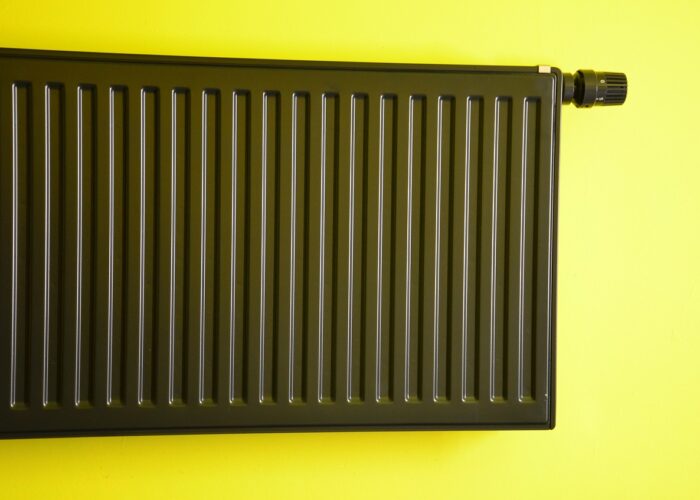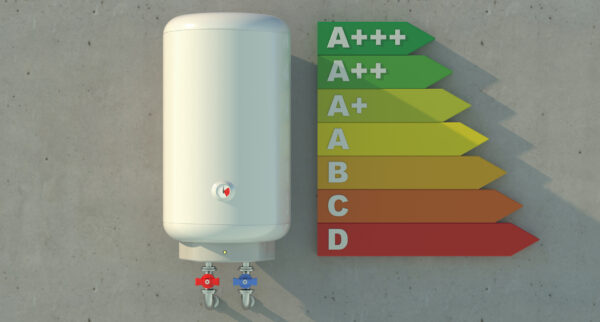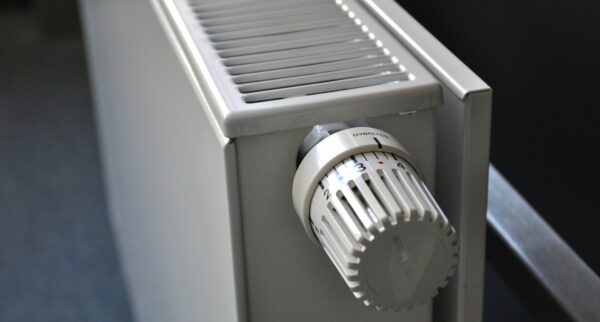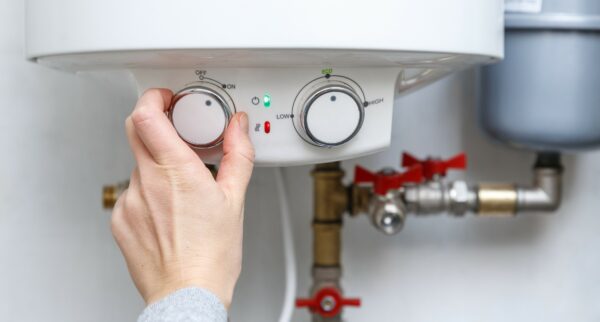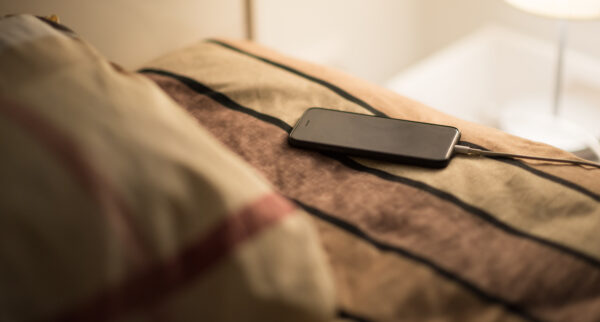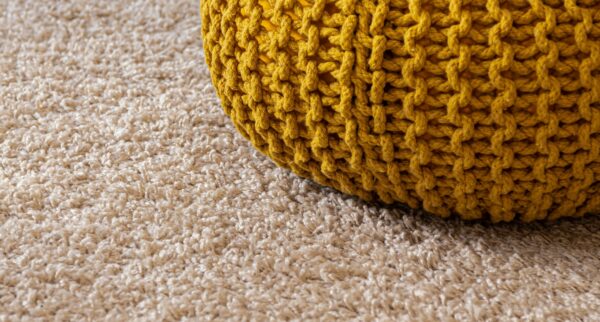Call us today 0207 32 32 999
Architects tend to position radiators symmetrically in the middle of walls to maximize heat distribution. However this is not a crackerjack idea if you want your entertainment area where one is standing. You can do most of the work yourself except for putting in the new pipes. Best book a specialist plumber before you begin.
Phase 1: Moving a Radiator
Have a family meeting to decide where the radiator will go. Better still, have the plumber present who is going to lay in the new pipes. They can’t go absolutely anywhere you like. There has to be a way to lead them under the floor or in the wall.
You need to take everything into account when deciding the new position. There is bound to be something standing where you want to put the radiator. Making the correct decision is critical to your project. It’s not just what’s easiest for the plumber. After that, you can finally get going by isolating the radiator so you can remove it.
- Close the MANUAL CONTROL VALVE clockwise at the bottom right of the radiator to stop the hot water flowing in and allow it to cool. Make double sure to turn past the ‘frost’ setting to the ‘off’ mark.
If your thermostat does not have an ‘off position’, ask for the plumber’s advice while you are chatting. They will be able to advise you what to do. Those pipes are full of hot water and you do not need a minor flood.
- Close the ‘LOCK SHIELD’ VALVE at the bottom left of the radiator. You’ll have to prise the plastic cover off before you can use a wrench or spanner to close it down clockwise. It’s MOST IMPORTANT to note the number of turns as they balance the radiator with the rest of the house.
Now you have to wait a while for the radiator to cool down. This is a great opportunity for a warm cup of tea of a cold beverage whatever your fancy is. The water contracts as it cools meaning the top of the radiator should be empty and dry.
- Use the radiator key to open the BLEED VALVE slightly at one top side of the radiator to confirm this is the case. If water comes out, either the thermostat, or the lock shield (or both) are not properly closed. If the bleed valve stops leaking you are ready to drain the radiator.
- You can now go ahead and unscrew the pipes serving the radiator, complete with their respective thermostat or lock shield. Do this one-at-a-time remembering to position a wide, shallow PLASTIC BOWL to catch the water. Have the BLEED VALVE OPEN at this time to prevent a vacuum lock.
- The radiator is now ready to remove from the supporting brackets. However, there is still some water in it, and likely some yucky sludge. It’s also surprisingly heavy, especially if it is an older one. This is a two person job!
- Close the BLEED VALVE before you lift the radiator. But first place a sheet of plastic under it. Also make sure the PLASTIC BOWL is available at either the lock shield or thermostat end.
- Lift the radiator carefully, and then pour any remaining water into the plastic bowl. Finally, turn the radiator UPSIDE DOWN and put it in a sheltered place outside.
Phase 2: Have the Plumber Prepare the New Position
We strongly advise using a plumber with Gas Safe certification to move the old pipes and brackets to the new position. This is mission critical because a leaking pipe inside a wall can cause serious damage.
We suggest you take the opportunity to give the radiator a jolly good clean on all sides so you can check for any damage, or even rust. Then you can safely ask the plumber to do a final inspection, especially the two connecting points. You could also paint it another colour if you liked
Phase 3: Moving a Radiator to its New Position
- Call your assistant back so they can help you carry the radiator inside and settle it into the brackets. You will find it more convenient to wrap PLUMBER’S TAPE around the adapter screw threads for the pipes first, remembering to flatten the end down into the threads.
- If you used a competent plumber on the Gas Safe Register you should find the pipes line up nicely when you position the radiator correctly on the supporting brackets. Slip the CAPTIVE NUTS over the radiator pipes. Turn them gently by hand making sure they engage correctly.
- Now you can tighten them firmly with a pair of wrenches or spanners on the valve and nut respectively. DO NOT OVERTIGHTEN! You are now ready to turn the water on,
- Open the LOCK SHIELD valve counter-clockwise the SAME NUMBER OF TURNS you needed to close it before you removed the radiator from its old position.
- Open the CONTROL VALVE counter-clockwise to the same position it was in before you began the job. Now open the BLEED VALVE fully to allow the radiator to fill with water until some dribbles out. Then close the bleed valve completely.
A Final Check and a Few More Considerations
Well done, you have successfully completed moving a radiator. It should be warming steadily and it wasn’t that difficult was it! Before you pop the champers check the pipe connections for signs of moisture.
If you find any leaks, close the valve and tighten the union a little more. Reopen the valve. If it weeps ever so slightly there’s probably no need to worry. Most new pipe joints do so for a while before they settle down.
That’s was quite a romp wasn’t it, even if you just followed the process on the screen. However, this may not be something you should consider if you don’t like getting your hands mucky and prefer watching soccer.
You may prefer to request a quote from a reputable plumber instead. The job shouldn’t cost you an arm and a leg and imagine what else you could with the time. The plumber should have full insurance to cover any possible situation that could go wrong.
